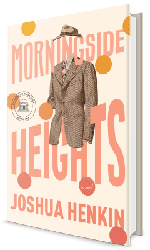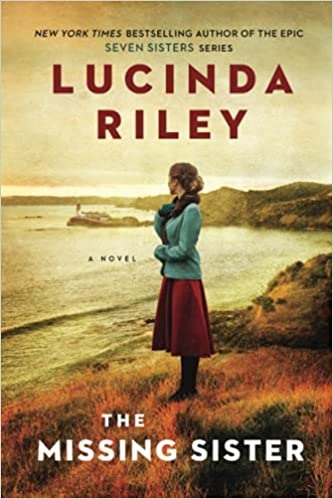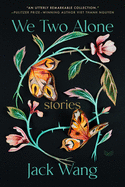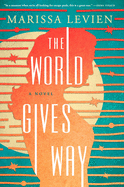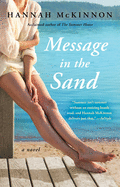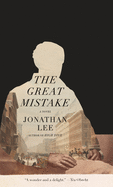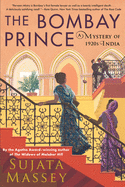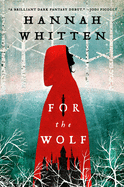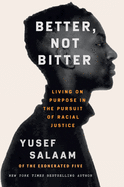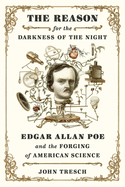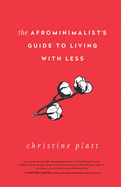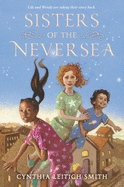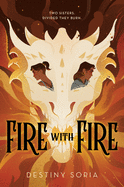 |
| (photo: Michael Lionstar) |
Joshua Henkin is the author of four novels, including Matrimony and The World Without You. His fourth novel, Morningside Heights (Pantheon), explores the relationship between Pru and her husband, Spence, as he is diagnosed with early-onset Alzheimer's. Henkin lives in Brooklyn, N.Y., and directs Brooklyn College's Fiction MFA program.
There are multiple story threads in this novel--was there one that started as the seed?
I wrote over 3,000 pages for Morningside Heights. That's how I always work: write thousands of pages, throw most of them out and, eventually, I find the heart of the novel. Morningside Heights started as a very long short story that took place at a class for caregivers at a Jewish community center on Manhattan's Upper West Side. The seed for the book was my mother's experience in a similar class when she was caring for my father. My mother is not the kind of person who gravitates toward such classes--toward adult education in general--and I was interested in what it would be like for someone like her to be thrust into contact with strangers in this way. The first draft of the book began at the JCC. By the 20th draft, the JCC was in the garbage pail, though one character from the class remains.
That's a lot of drafting! Is it safe to assume, then, that you don't work from an outline?
I definitely don't start with an outline; I don't even start with an idea. A college classmate of mine wrote her psychology thesis on how adults group objects versus how kids group objects. The adults group the apple with the banana, and the kids group the monkey with the banana. That's another way of saying that kids are more natural storytellers than adults are. The fiction writer's job is to think like a child again--albeit like a smart, sophisticated child. I think it was E.L. Doctorow who said that writing a novel is like driving on the highway in the dark. The lights illuminate only the few hundred feet ahead of you, but if you keep driving a few hundred feet at time you get across the country. I start with a character or a situation, or sometimes just with a line of prose. I eventually outline, but that's many years in, once I have the mess of thousands of pages in front of me.
Morningside Heights is very character-driven; was there a particular character whose story you found easier to get into? Or harder?
They're all impossible. That's why it took me seven years to write this book! Writers need to be a lot of things, but they need to be compulsive most of all. I wouldn't say Arlo was easier than any of the others, but there was something about discovering him that really opened up the book for me. I was a couple of years into writing when I said to myself, What if Spence had been married previously, and what if he had a son? I gave it a try, and the book moved in directions I couldn't have anticipated. Although the book's central character is definitely Pru, Arlo's influence on the book is at least as great, and he may have been the most important character in terms of shaping the book and determining its form.
One of the difficulties of writing a book about someone who has Alzheimer's is that there isn't much tension in the disease itself. There's a lot of variation in the particulars, but the overall disease course is unfortunately inevitable. So the tension and uncertainty have to come from somewhere else. And Arlo is all tension and uncertainty. Also, because he disappears and reappears and disappears again, his absence and reemergence help mark time in the book.
Was it hard to write about the ways Pru lost Spence, slowly and then all at once?
Absolutely. I think if you inhabit your characters, as any good novelist must, then their pain is your pain. Although much of Morningside Heights is invented, it is, in many ways, my most autobiographical novel to date. My father, like Spence, was a professor at Columbia who developed Alzheimer's, though my father developed it much later in life than Spence did. In writing about the ways Pru lost Spence, I was re-experiencing my mother's loss, and my brothers' and my loss. And it's a perpetual loss because you're losing someone bit by bit. I think in certain ways that the earliest stages of the disease are the hardest. There's a passage toward the end of Morningside Heights that captures what I'm getting at: "Early on, when [Spence] was sufficiently himself that [Pru] almost wouldn't have known anything was wrong, the bad moments were made worse because she had his old self to compare him to. That was when she would rage at him, when she would tell him to try harder, to concentrate.... Now, though, he was so far gone that to rage at him would be like raging at a stone.... Finally she was able to be kind to him in a way she hadn't been before."
Morningside Heights also felt to me like a story about what we owe each other: love, connection, time, continuity. Absent formal vows, as in a marriage, who defines the parameters of a relationship and how much is one expected to give?
Those are great, unanswerable questions. In fact, what makes them unanswerable is also what makes them great. I'm paraphrasing here, and also going from memory, but in Martin Amis's The Information, the writer protagonist is asked by an interviewer what his book is about, and he says, "It's not about anything. It just is. All two hundred thousand words of it. If I could have written it in fewer, I would have." One of the things that draws me to fiction is that there are no shortcuts to portraying a life. Good fiction is irreducible. Which is another way of saying that a novel is much better at asking questions than it is at answering them. --Kerry McHugh
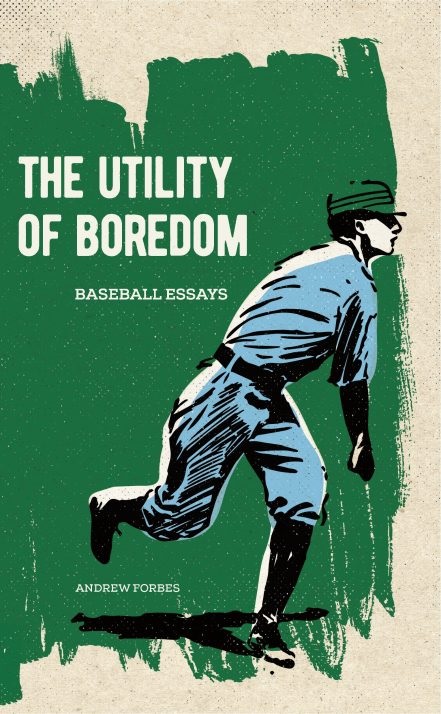 Baseball engenders transcendent prose like no other sport, where poetry and philosophy mixes with fandom--perhaps evoked by the liminal space between action and contemplation (or, as some would say, tedium). Andrew Forbes, in his first book of baseball essays, The Utility of Boredom (Invisible Publishing, $16.95), writes that we have a "tacit awareness that baseball vibrates with something a little strange, that it trembles with a bit of stuff we might as well call magic for our inability to fully articulate it," along with--in losing seasons--the "deep belief that even if this game means nothing, this game still means something."
Baseball engenders transcendent prose like no other sport, where poetry and philosophy mixes with fandom--perhaps evoked by the liminal space between action and contemplation (or, as some would say, tedium). Andrew Forbes, in his first book of baseball essays, The Utility of Boredom (Invisible Publishing, $16.95), writes that we have a "tacit awareness that baseball vibrates with something a little strange, that it trembles with a bit of stuff we might as well call magic for our inability to fully articulate it," along with--in losing seasons--the "deep belief that even if this game means nothing, this game still means something." In his latest collection, The Only Way Is the Steady Way: Essays on Baseball, Ichiro, and How We Watch the Game (Invisible Publishing, $19.95), Forbes spotlights the incomparable Ichiro Suzuki, "an elegant figure amid inelegant times, quiet, rigorous, determined to the point of doggedness." He places the game in the context of today's turmoil: "Baseball can, amid the churn, provide stillness." That stillness is the poetry we need. "It's the comfort of a place you can identify by the particular way the light falls on its recesses and angles, its green grass and white lines during evenings in April, in July, on afternoons in September. It's sunlight sweetened and enriched until it reaches a kind of golden crescendo before disappearing as the leaves begin to turn, because the team has turned in another lost campaign. But that light. You'd know it anywhere, and you tune in some days just to witness it." Transcendent prose. --Marilyn Dahl, Shelf Awareness
In his latest collection, The Only Way Is the Steady Way: Essays on Baseball, Ichiro, and How We Watch the Game (Invisible Publishing, $19.95), Forbes spotlights the incomparable Ichiro Suzuki, "an elegant figure amid inelegant times, quiet, rigorous, determined to the point of doggedness." He places the game in the context of today's turmoil: "Baseball can, amid the churn, provide stillness." That stillness is the poetry we need. "It's the comfort of a place you can identify by the particular way the light falls on its recesses and angles, its green grass and white lines during evenings in April, in July, on afternoons in September. It's sunlight sweetened and enriched until it reaches a kind of golden crescendo before disappearing as the leaves begin to turn, because the team has turned in another lost campaign. But that light. You'd know it anywhere, and you tune in some days just to witness it." Transcendent prose. --Marilyn Dahl, Shelf Awareness


